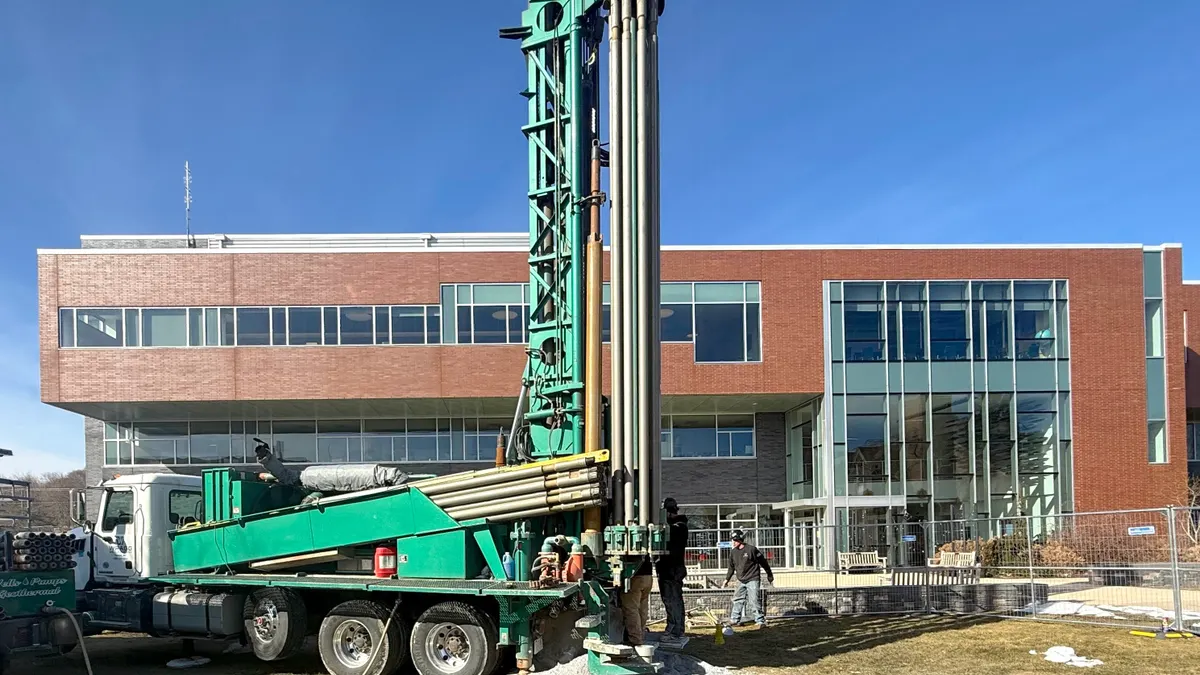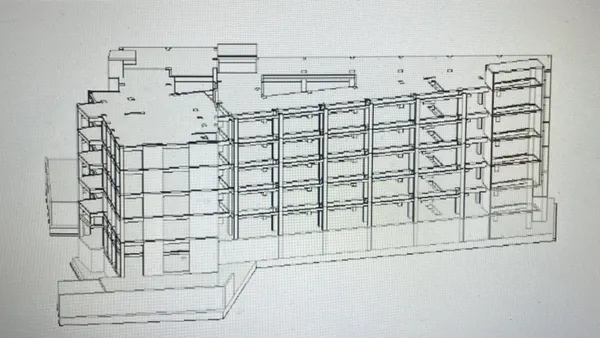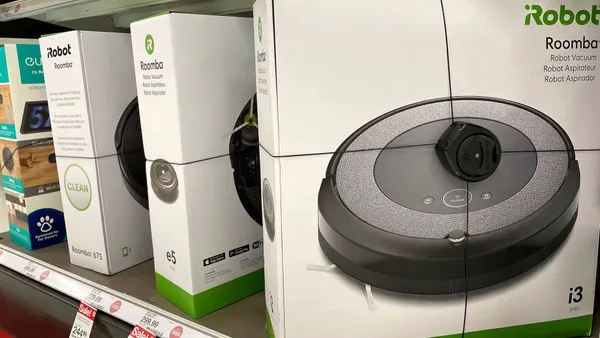Dive Brief:
- In most scenarios, two-phase immersion cooling provides the lowest 10-year total cost of ownership for data center operators, according to a case study LiquidStack, Chemours and the Syska Hennessy Group released in March.
- The case study evaluated the long-term cost of ownership of single-phase direct-to-chip, single-phase immersion cooling and two-phase immersion cooling technologies at data centers in four global computing hubs. Through a proprietary tool, TCO was calculated for hypothetical 36-megawatt data centers in Northern Virginia, Singapore, Abu Dhabi and Copenhagen.
- The study found two-phase immersion cooling to be the most cost-effective technology over a 10-year period in most circumstances, with air cooling not suitable for server rack densities found in state-of-the-art data centers being built today. “Practical limitations … mean the industry has no choice but to turn to liquid-based cooling solutions as we move into this future,” the study notes.
Dive Insight:
The study locations were selected for their status as existing computing hubs and for climate conditions representative of their regions, with Copenhagen standing in for other Northern European locations, Northern Virginia for the Eastern United States, Singapore for Southeast Asia and Abu Dhabi “the worst-case scenario” in terms of cooling loads and efficiency, LiquidStack CEO Joe Capes said. The study’s conclusions can be broadly generalized across a range of geographies, Capes noted.
“[A]s of 2023, 5% of data centers are reporting densities of 50 kW or higher [and] most projections indicate 100-kW+ densities will become the norm,” the study said. Keeping that in view, the case study ran present-day and future computations for each location.
The present-day scenario assumed maximum server rack densities of 75 kilowatts for direct-to-chip and single-phase immersion cooling and 150 kW for two-phase immersion cooling. The future scenario assumed 125 kW maximum densities for direct-to-chip cooling, 110 kW for single-phase immersion cooling and 250 kW for two-phase immersion cooling.
Two-phase cooling fared best in Singapore, where the study found its 10-year TCO was 12% lower than direct-to-chip and single-phase in the present-day scenario and 15% lower in the future scenario. Two-phase cooling fared similarly in Northern Virginia, with a present-day 10-year TCO 6% lower than direct-to-chip and 12% lower than single-phase. However, two-phase cooling was worse in the region’s future scenarios with a 10-year TCO 13% higher than direct-to-chip and 19% higher than single-phase.
In present-day scenarios, two-phase cooling yielded a generally lower 10-year TCO, attributable to its lower operating costs, according to the study. In most present-day scenarios, its capital costs were higher than those for direct-to-chip cooling. However, two-phase cooling had the lowest overall capital costs in all four future scenarios due to its increased cooling efficiency at higher server rack densities, the study said.
Despite their apparent advantages, two-phase immersion cooling systems’ real-world efficiency and operating costs depend on the quality of their design and how they’re operated, Capes cautioned.
“One of the biggest challenges and advantages of [two-phase cooling] is its super-high evaporation rate,” Capes said. The fluid’s evaporative potential improves cooling performance but increases fluid loss, with well-designed systems losing 1% to 2% of their volume annually under normal conditions and poorly designed systems seeing even higher loss rates, Capes added.
“If you’re sourcing an immersion system from a vendor that hasn’t perfected its operation to mitigate fluid or vapor loss, that could affect your total cost of ownership,” Capes said.











